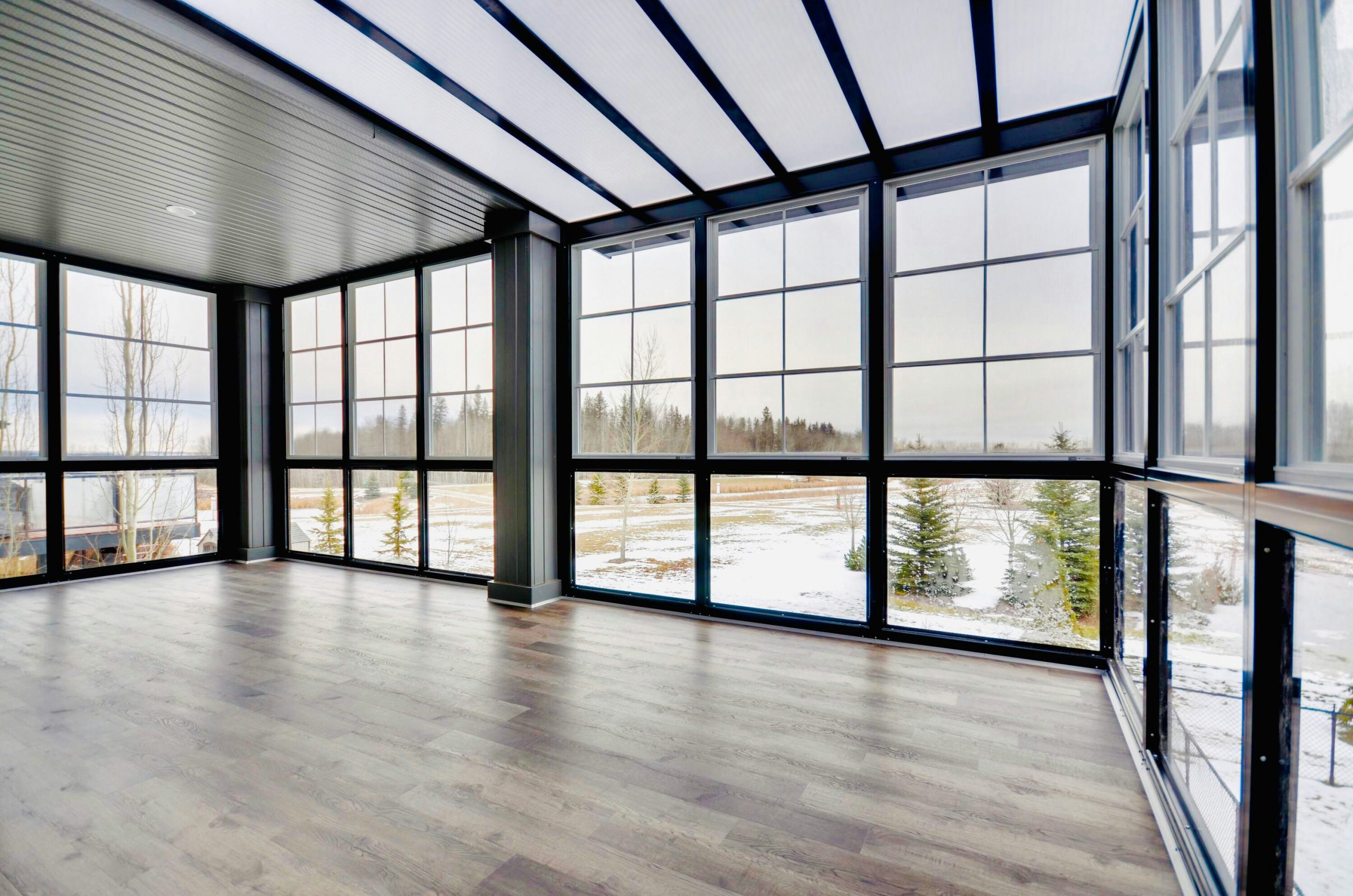
Laying floor coverings in a healthy way
Floor adhesives contain various chemical components that outgas for different lengths of time and thus pollute the indoor air. For example, reactive resins can release volatile organic substances into the room air and lead to skin or respiratory sensitization of the occupants. Once sensitized, a person can show allergic reactions even with very low exposure. Installing resilient flooring without the use of adhesives offers an environmentally friendly and often reusable solution that also simplifies installation and shortens the time it takes to get the surface up and running. There are several systems that can be used to install resilient flooring such as vinyl, linoleum, rubber or PVC without having to resort to conventional adhesives.
Presentation of common installation systems
Click systems
This type of flooring has an integrated interlocking system on the edges of the tiles or planks that allows them to interlock without glue. The system is particularly popular with LVT (Luxury Vinyl Tiles) and some types of vinyl and linoleum flooring. Click systems allow for quick and easy installation as well as the ability to remove and reuse the flooring if required.
Loose-lay installation
Loose-lay flooring is designed to work without any bonding. They rely on their own weight and a specially designed backing that provides a non-slip surface to stay in place. These floors are particularly easy to install and remove, making them ideal for temporary applications or rental properties. When selecting the backing coating material, it is important to ensure that it does not contain any indoor pollutants.
Clamping and tensioning systems
In some flooring systems, clamping or tensioning systems are used at the edges or under the panels to hold the elements together and fix them to the floor. The method uses mechanical means to hold floor coverings securely in place. This is done either by clamping the coverings at the edges or by tensioning them over the entire surface to ensure a stable installation without displacement. The strips can be fixed to the wall or directly to the subfloor and provide a firm hold for the flooring in between.
Magnetic installation systems
This innovative installation method uses a magnetic carpet pad that is laid on the subfloor and floor tiles with a magnetically reactive layer on top. The tiles adhere to the carpet pad without the need for gluing and can be easily repositioned or removed. Due to the expected low magnetic fields, it is advisable when selecting such systems to use products from reputable manufacturers that are safety-tested and comply with the relevant standards and directives.
Puzzle or interlocking mats
For areas where elasticity and comfort are important, such as gyms or exhibition stands, puzzle or interlocking mats can provide a quick and effective solution. These mats are simply placed together and held together by their special shape.
Adhesive tape or fixing strip systems
Although technically not completely adhesive-free, double-sided tapes or special fixing strips offer a less invasive method of fixing resilient flooring. They are particularly useful when laying broadloom or in perimeter areas to prevent slippage without having to glue down the entire floor.
Summary
The above installation systems offer flexibility in design and use, reduce exposure to volatile organic compounds (VOCs) from adhesives and facilitate maintenance and replacement of flooring. They are suitable for projects that require quick completion, easy modification options or sustainable construction. It is important to note that the individual components of the installation systems do not contain any indoor pollutants either. Please share your experiences with the above installation systems at mail@baubiologie-regional.de.
